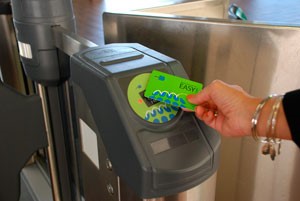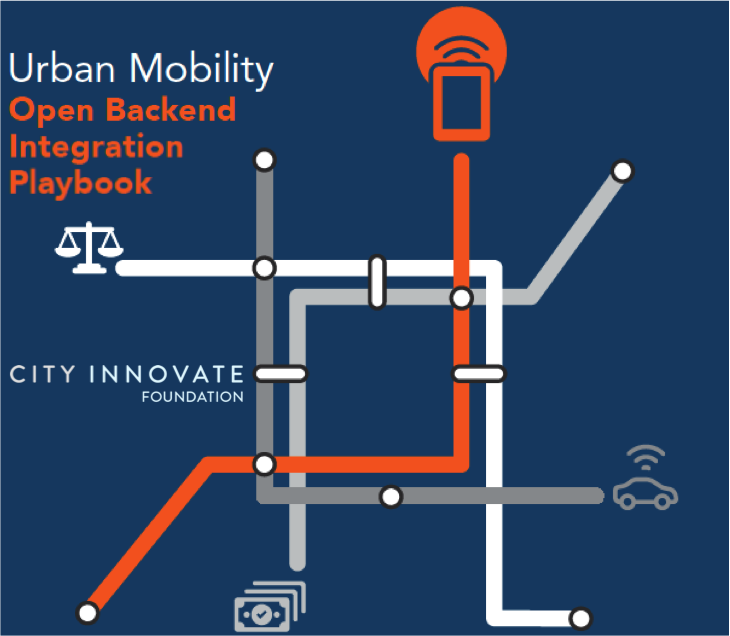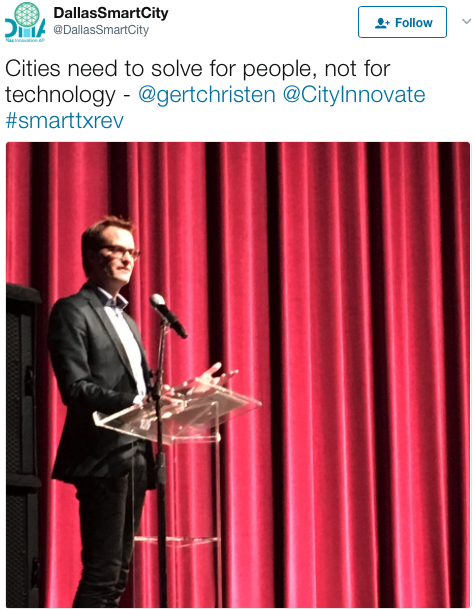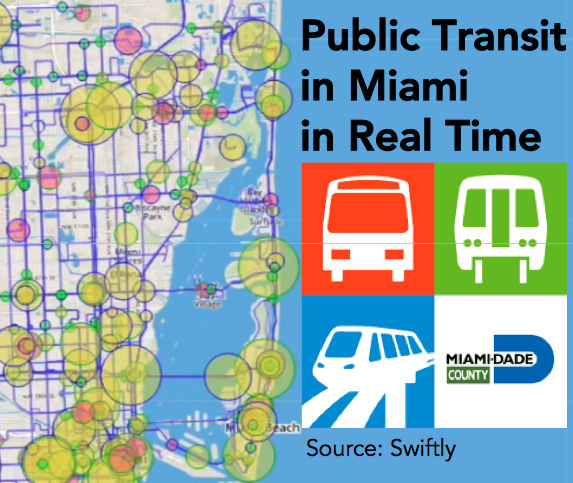What I learned from developing an innovation method for the public sector: Design thinking and user-centered approaches can innovate for public organizations, if …
The focus on users, not technologies.
Design thinking is used to create a 360° view of the problem.
Industry is involved to map out solutions to use cases and for personas.
However, adoption by residents is the ultimate objective and measure of success.
The first playbook by City Innovate Foundation was announced last week. It documents how Miami-Dade County’s public transit systems can interface with private transportation services such as Lyft ride-hailing or Zipcar car sharing. Not only is it the first of its kind playbook but it was also created thru a new approach to public sector innovation.
The process leading to the playbook was the “Collider Methodology”, which I developed for City Innovate over the last 15 months. It was truly an experience of-
“Cracking the code of public sector innovation”
The starting point was the idea to map out solutions by “colliding city officials, industry representatives and independent experts on one urban problem”. And the objective was to create an actionable plan for cities to build capacity to solve one problem at a time. We thought this should work much like a startup incubation program. It took several iterations and pivots to get it right and the Miami-Dade playbook is the first result.
These are the learnings and my recommendations for others who push the boundaries of innovation for public organizations:
1. Always put the users first
User-centered approaches make a problem personal. This enables industry to focus on their products solving a specific person’s problem. Many smart city projects start with a technology: “We will deploy sensors”. This approach does not focus on what problem should be solved or for whom. Are residents bothered by light pollution at night? Are residents getting sick because of bad air? These questions must be answered before deciding on a technology to solve the problem: Who are the residents impacted by the problem? How do they experience the problem? Where do they live and how can they be reached? What is their demographic profile? This approach will lead to a much more integrated solution and at the same time build public acceptance early on. In the case of the Miami-Dade project we created 15 use cases, each documented with a persona, a user story how this persona experiences the problem and what an ideal solution would look like for this persona. Our approach was ruthlessly focused on solving for users and it paid off. Additional approaches aiming to turn public innovation from a technology play into a user-centered one are e.g. challenge-based procurement or pay-for-success models.
2. Show me the data and I’ll show you the impact
Data analysis makes a problem factual. This allows priority setting and trade-off decisions. There can be many use cases. And for each, there could be many solutions. To focus on the important ones, a choice needs to be made: Which use cases will yield the biggest impacts when solved. This is where data science must come into play. Miami-Dade’s transportation department supplied us with real-time data, which our team overlaid with some data from private transportation companies. Our data analysis allowed the ranking of the 15 use cases by their impact. The ranking metrics were chosen in line with Miami-Dade’s strategic objectives. The results of data analysis are another strong tool to build capacity inside of a city since they shift the conversation towards facts and away from personal preferences and opinions. I am continuously impressed how data science can help make decisions and by the quality of the amazing experts from organizations such as Code for America, DataKind, Habidatum, and – for the Miami-Dade project focused on transportation: Swiftly.
3. Technologies are part of the solution, never the starting point
Technologies make a problem solvable. They are the reality check of what is possible. The needs of users (verified by data analysis) are one filter. And products available to implement solutions are another. This calls for early involvement of industry partners in a public innovation project. The prior creation of use cases and personas ensures that the discussion and choices of technologies stay user-centric. Industry loves the opportunity to discuss technologies and their products with public organizations in a non-conflicting setting. Because of public procurement legislation, companies have every reason to be careful when discussing their products with  public organizations. It is a difficult path to navigate for city representatives, too. Thankfully there is help available for states and local governments who want to involve a neutral party in procurement projects: The federal government’s 18F Unit offers its “RFP Ghostwriting”-Service to other governments. This allows governments access the knowhow of the federal government’s procurement experts. The State of California used 18F’s service to revamp the way it procures large IT systems.
public organizations. It is a difficult path to navigate for city representatives, too. Thankfully there is help available for states and local governments who want to involve a neutral party in procurement projects: The federal government’s 18F Unit offers its “RFP Ghostwriting”-Service to other governments. This allows governments access the knowhow of the federal government’s procurement experts. The State of California used 18F’s service to revamp the way it procures large IT systems.
4. There are lots of best practices to learn from
Benchmarking makes a problem less unique. Other cities in the world are almost certainly facing the same problem and may have a solution. Many urban problems are common among cities. Reaching out to partner or sister cities may bring useful insights. And international industry partners have the resources and systems to gather inputs from around the world. For the Miami-Dade project our team together with the companies participating in the project collected best practices for transit agencies from Berlin, London, Helsinki, Switzerland, Dubai and Centennial, CO. While it must be accepted that none of these best practices can be adopted 100%, they demonstrated that Miami-Dade’s use cases were not unique or too futuristic to be solved. These are important arguments for city representatives to build capacity inside of their city’s administration.
5. Transfer to a city is key and the most difficult

Designing before piloting makes a problem more manageable. Piloting helps to build political will and community buy-in. My most important learning from developing the Collider Methodology and overseeing the Miami-Dade project is: Such a design process is the project before the project. It takes the champions inside of the city administrations and on the political level to implement the solutions. Miami-Dade County has these champions and I look forward to seeing which parts of the playbook will be implemented. More details on Miami-Dade’s plans can be found here.
Startup innovation vs. public innovation
I started the development of the Collider Methodology thinking that startup incubation was a good analogy. I have since changed my mind; startup methods are not suitable for public innovation. The goal of startup incubation is to verify a user need with a product as rapidly and cheaply as possible, and to use the experiences to develop and test a business model. And then to scale up as fast as possible. Public organizations, however, do not work in this way. They are complex hierarchies and decisions are weighed very, very carefully because of public scrutiny and governance rules. There is simply not much space for experimentation or appetite for risk. And the business model is often given. I remain interested in the question, though! If you have an opinion or feedback, please let me know.




What’s up to every , as I am genuinely keen of reading this webpage’s
post to be updated on a regular basis. It contains good stuff.
Pingback: “Cracking the Code of Public Sector Innovation” included in Yea(h)rbook | Gert Christen.org
Fabulous, what a blog it is! This webpage presents useful data
to us, keep it up.